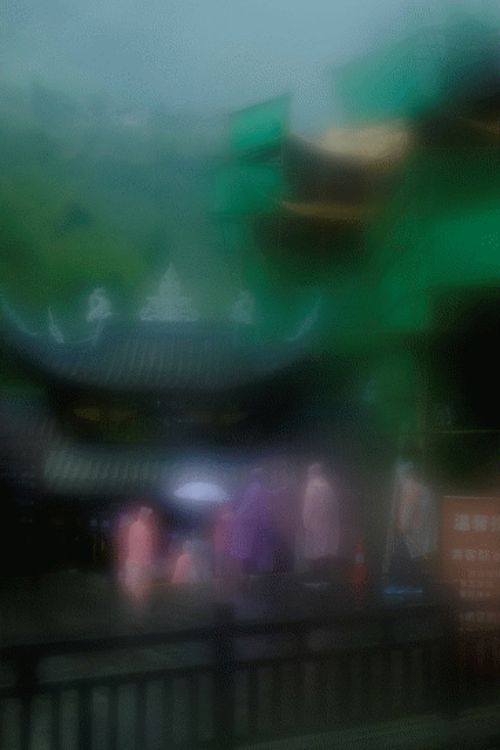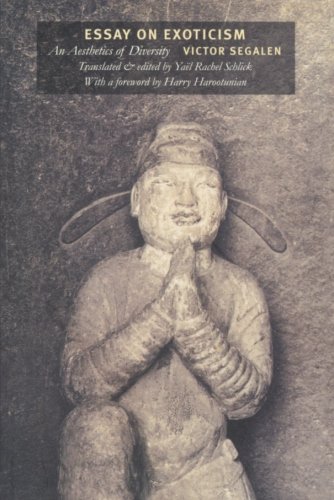It is with sadness, pride, and hope that I am announcing my step away from editorial work at The Shanghai Literary Review.
I began discussing the possibilities for this transition in 2022 with some of the senior staff at TSLR. I had come to the realization that my leadership had taken the magazine as far as I could take it given the limits of my time, abilities, and vision. Though immensely proud of what TSLR has become, I felt the magazine desiring to grow and evolve beyond what it was. From a small initial team of four we quickly became a team of 22, with editors, freelancers, student assistants, and university funding. I knew that the magazine needed new ideas and new energy to sustain its trajectory. Everything I have put in place since those initial discussions has been to help the magazine succeed beyond me, one individual. I am so excited to see where TSLR goes in the future.
Brian Haman, who has been with the magazine since 2017 will take on the role of Editor in Chief for Issue Eight and beyond. Brian has been and will continue to be editor of the book reviews and interviews sections. He has rich experience in management as a community activist, as well as a deep background in academia. He has shown steadfast dedication to the magazine over the years, and I have full confidence in his ability to lead the team.
Peter Hagan, art dealer, writer, and student of architecture, will continue in his role of fiction editor, which he has maintained, superbly, since 2018.
I started TSLR in 2016 with a group of four friends, hoping to make a small mark on the international literary community. But I have learned and gained so much more from this project than I could have ever imagined. Thank you to everyone who has contributed, purchased, shared, stocked, hand sold, and loved our magazine. But most of all: thank you to my beloved TSLR team - your passion for art and literature, your generosity, your time, and your friendship have buoyed this project, and me, for the past eight years.
-Juli Min















